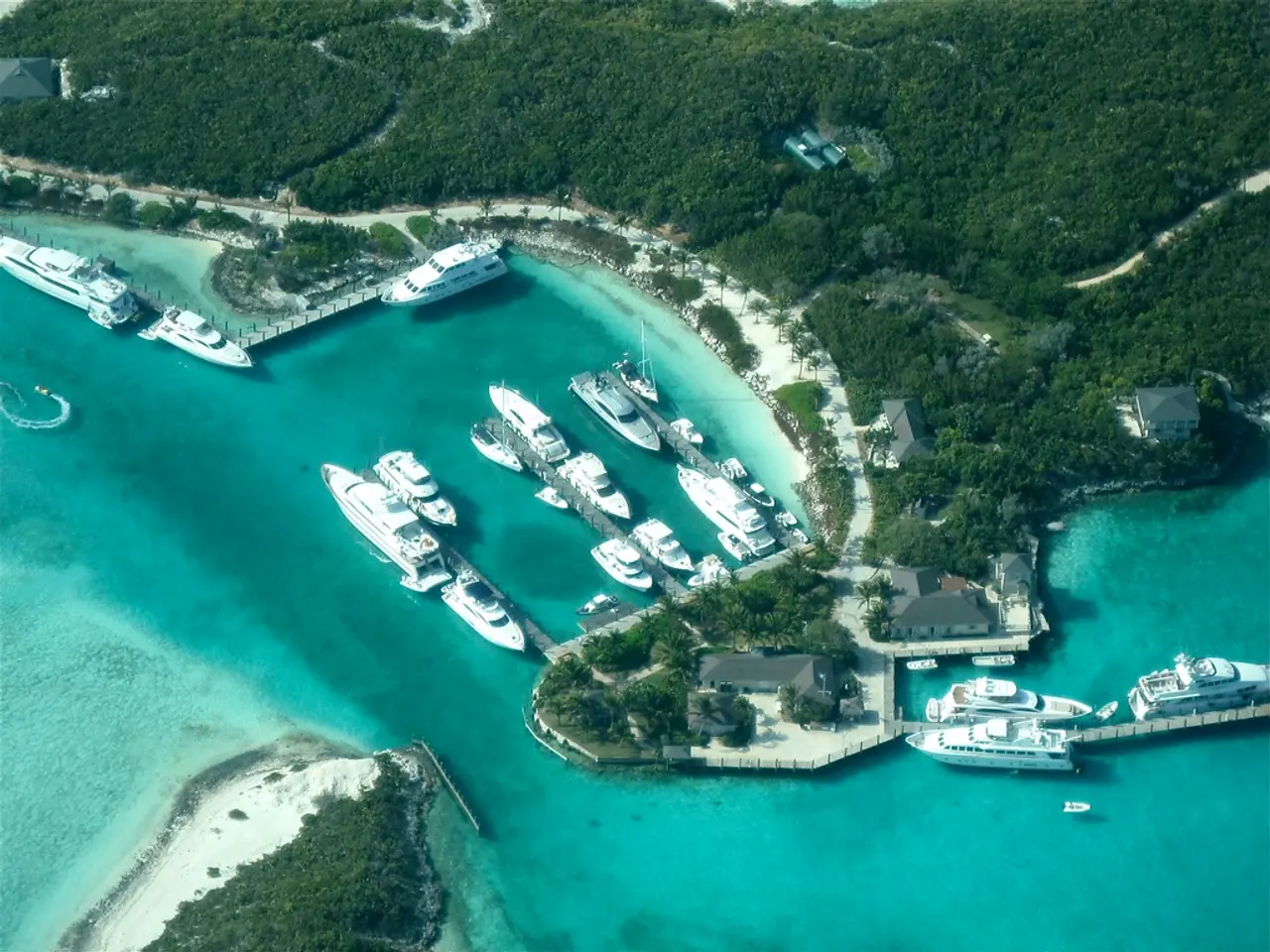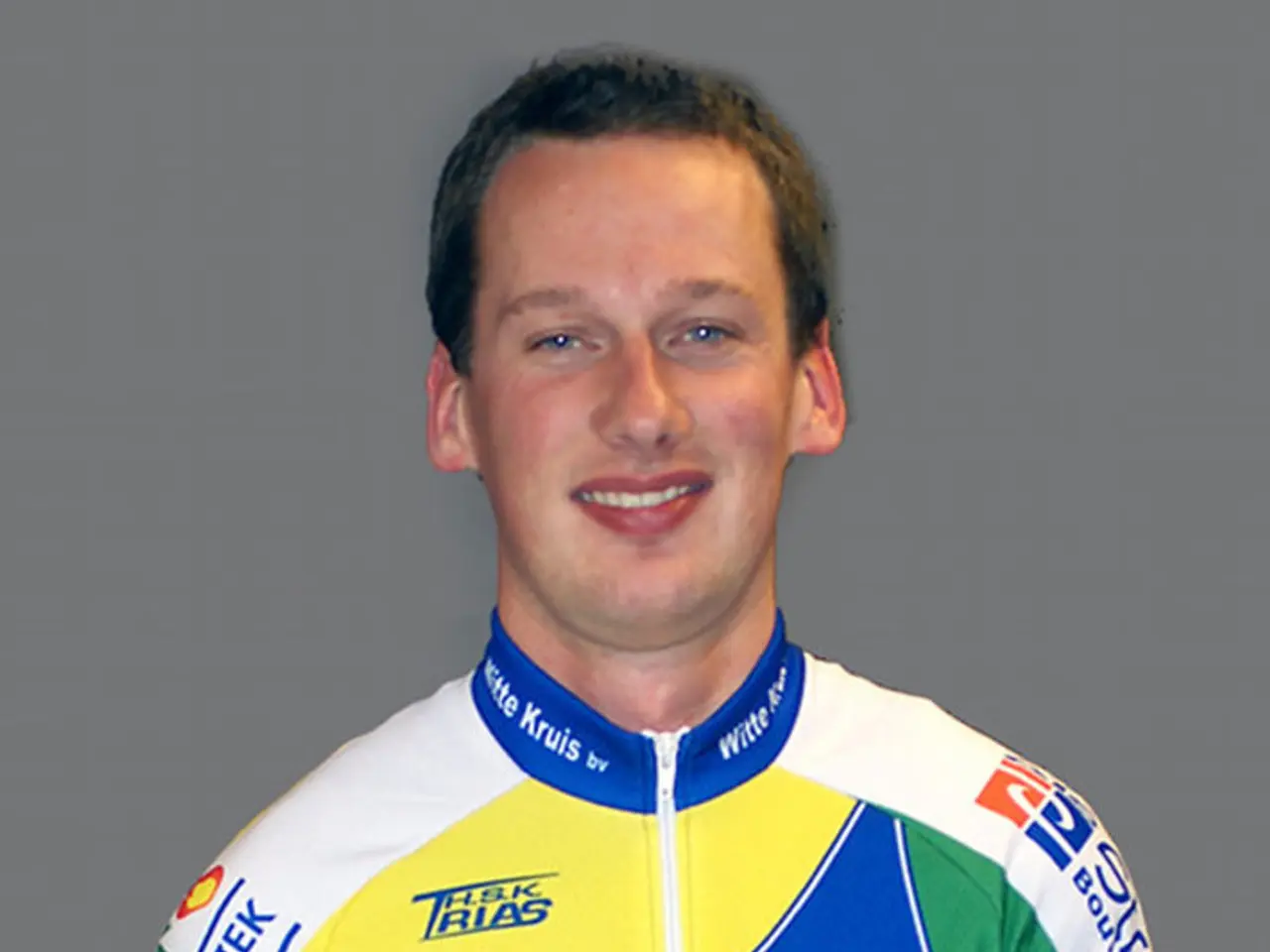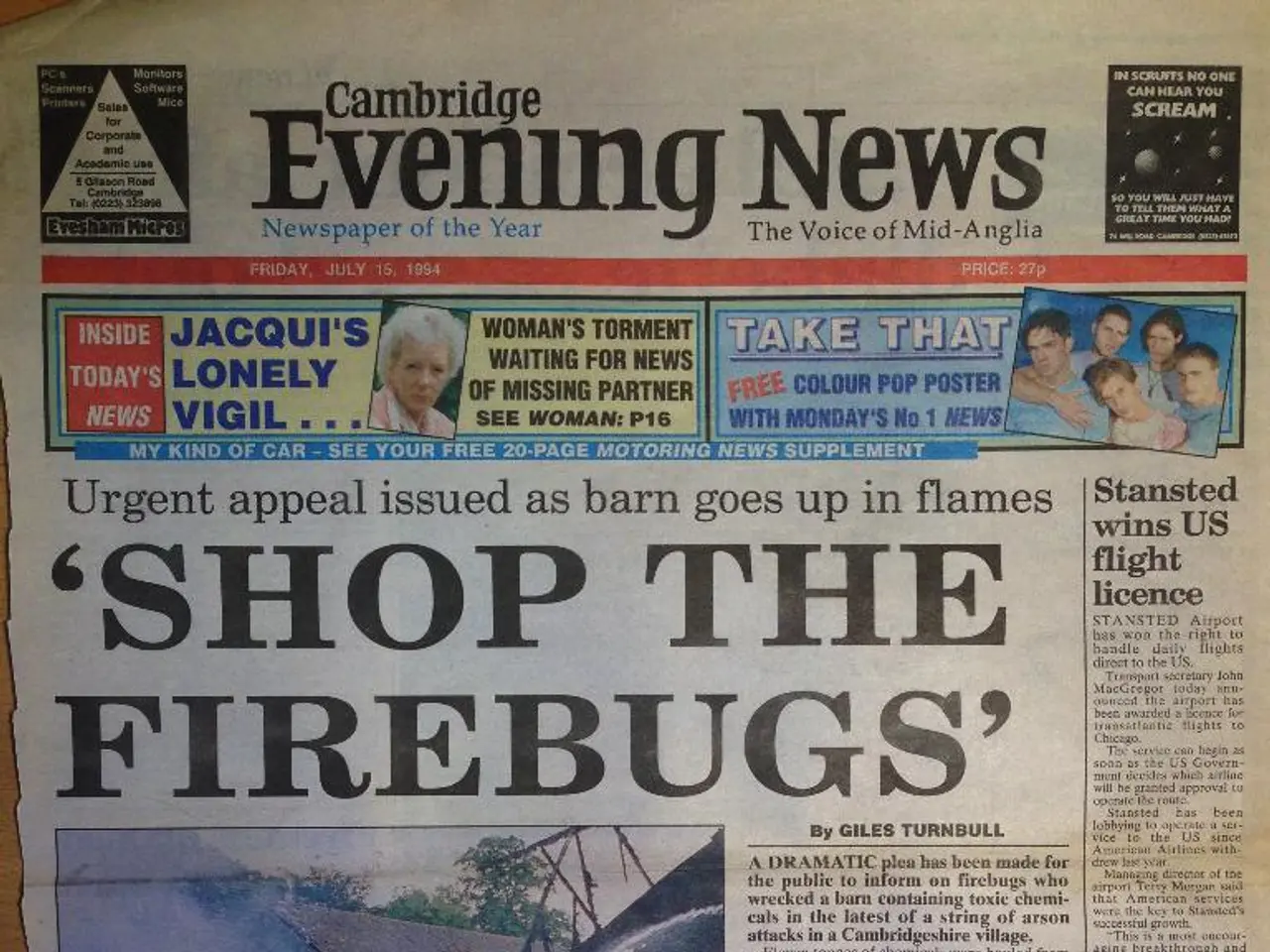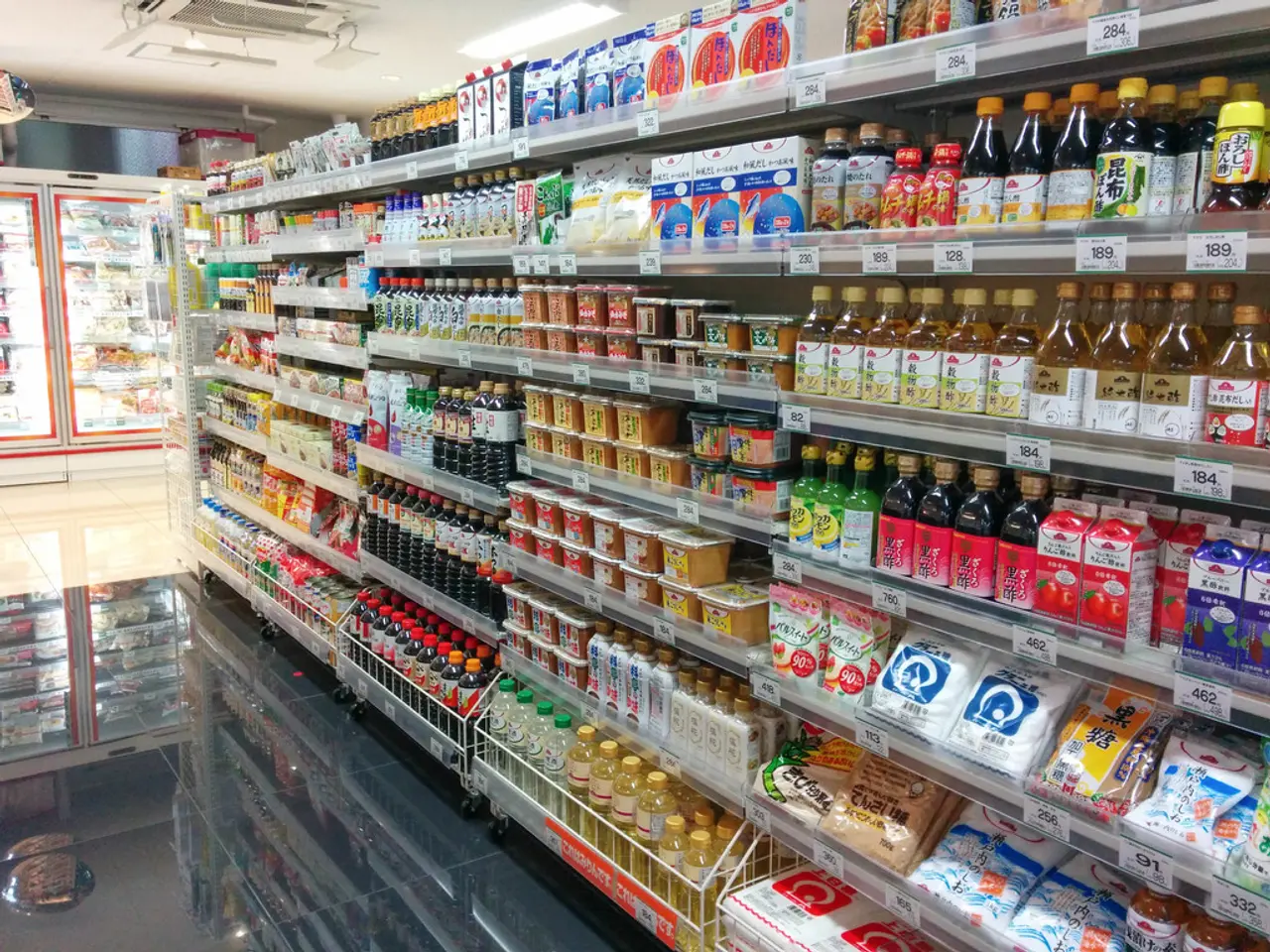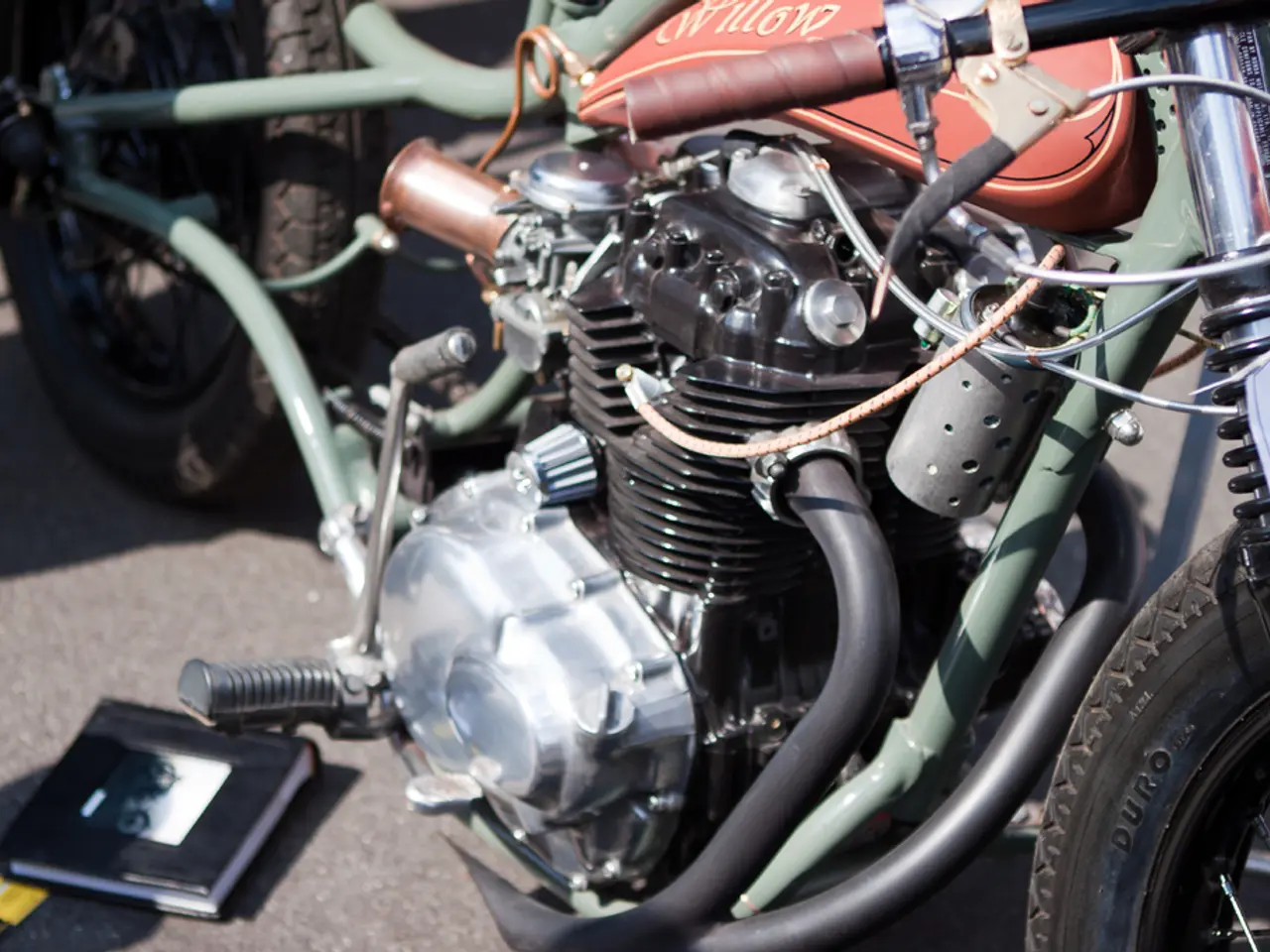Critical Commentary on IHR 19
In the realm of hydrographic surveying, progress continues to be made as researchers and industry collaborate to tackle challenges and improve techniques. This edition highlights several significant developments in the field.
Firstly, an updated version of the Guidelines for the conduct of offshore drilling hazard site surveys has been noted. This update is an essential step towards ensuring safety and efficiency in offshore operations.
In Australia, a new project is underway to establish a panel of hydrographic survey companies for national charting purposes. Tender responses are currently being evaluated, with the first contracts expected to be awarded later this year.
The authors and peer reviewers of various articles are thanked for their contributions to this edition. Their efforts have helped to create a comprehensive and insightful collection of work.
The Geomatics Guidance Note 24: Vertical Data in Oil and Gas Applications has been mentioned, highlighting the importance of accurate vertical data in the oil and gas industry.
The challenges of working in challenging waters, dealing with earthquakes, and meeting data collection requirements for two types of products have been explored in a New Zealand article. This piece provides valuable insights into the complexities of hydrographic surveying in difficult conditions.
Meanwhile, Chinese research is focused on establishing a model for the zero calibration point of pressure-type water level/tide gauges. The KANSA model, an innovative real-time modeling approach for water distribution systems, has been introduced as a potential solution for enhancing accuracy in water level/tide gauge calibration.
Industry collaborations often involve the integration of data quality control methods and automated measurement technologies to improve calibration and monitoring. Quality control methods for hydrological measurements, such as rain gauges, are becoming increasingly sophisticated, incorporating spatial consistency tests and cross-verification with other measurement sources to identify errors and refine data accuracy.
Many countries are adopting automated and remote-sensing technologies alongside traditional gauging techniques to handle flow and water level measurements with minimal human intervention. A study from China describes the use of freely available image velocimetry software for automated river surface velocity determination combined with traditional flow gauging methods, suggesting a hybrid approach to calibration and monitoring in hydrographic surveys.
To summarise, the focus of current research is on the development of advanced real-time models like KANSA that capture temporal dependencies of pressure data, improving automated calibration and zero point determination in pressure-type gauges. Industry collaboration is utilising multi-source data quality control algorithms and integrating automated image velocimetry to enhance calibration accuracy and reliability. Countries are combining traditional hydrographic survey methods with state-of-the-art automation and remote sensing for better spatial and temporal resolution of water level and flow data.
Explicit documentation on standardized zero calibration models across countries is limited, indicating that efforts are still evolving with active research integrating physics-based modeling and advanced data quality control to meet emerging hydrographic survey needs.
This edition also includes an article from China discussing their experiences with observing water levels at various sites to determine the most appropriate modelling algorithm. The research in determining the appropriate gridded depth model from multibeam data is ongoing, despite well-developed models existing and being implemented in hydrographic survey processing software.
The International Association of Oil and Gas Producers (IOGP) has published news items relevant to stakeholders and the oil & gas industry. The Kirke Channel in Chile, with its complex tidal regime, has been described in a note included in this edition. The IOGP news items can be found on their blog at http://www.iogp.org/blog/category/press-releases.
In memoriam, an obituary for Commander Wadhera (India) has been included in this edition.
This edition is hoped to be of interest and inspire future paper submissions. Ian W. Halls serves as the Editor of this edition.
- The innovation in hydrographic surveying, such as the KANSA model, falls under the umbrella of environmental-science and technology, aiming to enhance accuracy in water level/tide gauge calibration.
- To improve safety and efficiency in offshore operations, the updated version of the Guidelines for offshore drilling hazard site surveys is a significant development in the science and industry sector.
- Financial institutions and the energy sector may find valuable insights in this edition, as it discusses the importance of accurate vertical data in the oil and gas industry, a topic primarily addressed in the realm of data-and-cloud-computing and technology.
- In the future, collaboration between researchers and industry might lead to the development of standardized zero calibration models for pressure-type gauges, bridging the gap in explicit documentation across countries within the realm of science and finance.
